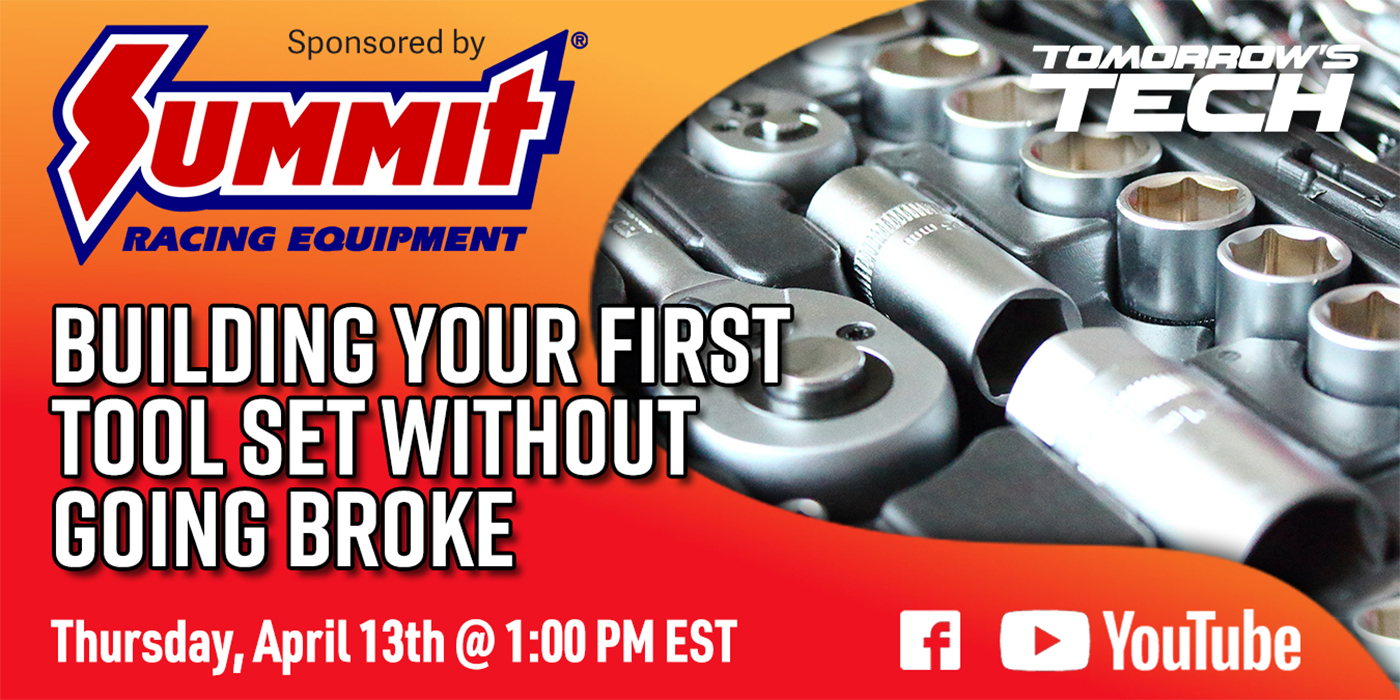Several factors are driving modern fluid maintenance services.
And these influences will shape the work you perform at a shop or dealership upon graduation.
One of the biggest changes over the years is the increase in a vehicle’s service life.
Today’s modern vehicle’s service life often extends to well over 200,000 miles and good fluid maintenance practices are, in part, responsible for that remarkable achievement.
Second, car counts in many shops are declining because late-model vehicles require less scheduled maintenance and less frequent repairs.
Consequently, many shops are looking at add-on services, such as fluid maintenance, to boost shop revenues. It’s important for you to understand how to address fluid service with your customers, without having them feel uncomfortable about having such services performed to their vehicle.
Unfortunately, in this industry, many shops have been accused of over-selling fluid maintenance services. For example, I had a customer who, for whatever reason, preferred to have his vehicle serviced at an out-of-town fast lube shop. Although his vehicle recently had the automatic transmission replaced, the fast-lube shop insisted on selling him a transmission fluid flush. Not only did they sell him the first transmission flush, they attempted to sell him a second flush on a later visit.
One reason for apparent over-selling is that many shops routinely recommend fluid maintenance services based upon the mileage of the vehicle. In addition, many vehicle owners circulate from shop to shop, so there is no continuous maintenance records kept on the vehicle. The sole exception to this situation might be information jotted into the vehicle’s OE maintenance record manual or on repair and maintenance receipts stashed in the glove box. So, it’s easy for one shop to accuse other shops of over-selling fluid maintenance, regardless of what the actual case might be.
With these thoughts in mind, let’s explore many other issues regarding fluid maintenance.
Engine Oil
Extended engine oil change intervals are profoundly influencing the way we sell fluid maintenance services. Although it’s difficult for many veteran technicians to comprehend, the engine oil monitors built into the PCM’s software are doing a good job of calculating oil change intervals based upon factors like average ambient temperatures, coolant temperatures, drive times and engine loads. As a result, we’re seeing the traditional 3,000-mile engine oil change interval doubled and perhaps tripled before the vehicle returns for maintenance services.
In response to this trend, shops should be eliminating the stand-alone oil change in favor of more comprehensive maintenance and inspection schedules. Inspections would include items like filters, belts, hoses, brake friction and exhaust. Additional touches such as filling the washer fluid reservoir, cleaning the engine compartment, lubricating locks and door hinges, lubing door seals, and cleaning the battery and its cable connections would be welcome in an extended interval maintenance service. See Photo 1.
Extended service intervals have brought about four basic changes in the way we maintain vehicles in the service bay.
The first change is that the base oil and additive package of any oil must be compatible with extended service interval requirements.
Second, the oil must meet the OEM’s lubrication requirements for highly stressed engine components like camshafts and piston/ring assemblies.
Third, the oil filter itself must meet extended interval requirements.
Last, and most important, most fluids in a modern vehicle are often application-specific and, in many cases, designed for extended interval use.
Automatic Checking
While some manufacturers consider automatic transmission oil as a “lifetime” fluid, other manufacturers believe that it should be changed according to mileage and usage. To illustrate, trucks used for towing heavy loads definitely need more frequent transmission fluid maintenance because the transmission obviously operates at a higher temperature, which tends to oxidize and deplete the fluid’s additive package much more rapidly.
All too often, a customer might request a transmission flush in the belief that flushing will cure a shifting or slippage complaint. In reality, if the fluid is badly burned or contaminated, flushing probably won’t compensate for the mechanical wear that has taken place. On the other hand, if the fluid simply appears dirty from normal use, a flush might be recommended.
The obvious question is whether the transmission oil pan should always be removed for service. Many auto manufacturers believe, for example, that replacing the oil in the pan at regular intervals maintains the additive package in the oil. My opinion is that the oil pan should be removed so it can be inspected for wear debris, the filter can be replaced, and the valve body screws checked for correct torque. If the transmission experiences severe service, I would recommend removing the oil pan and performing the above services.
Last, far be it from me to recommend anything, but use the OEM-specified automatic transmission fluid for a fluid replacement. While the vehicle owner’s manual or a repair database might recommend a generic fluid for topping off the fluid level, it generally will not recommend that same generic fluid for fluid replacement.
Managing Manual Transmissions
In years past, the conventional “90-weight” transmission oil was used in all manual transmission applications. Beginning about 25 years ago, transmission manufacturers began changing over to lower-viscosity oils to reduce rotating friction in their transmissions and to increase fuel economy. In that era, some manufacturers recommended engine oil and even automatic transmission fluid for their manual transmissions.
Most currently recommend synthetic-based oils to improve lubrication and reduce rotating friction. Because transmission gear shift synchronizers are designed for specific types of lubricants, a vehicle owner would likely experience hard shifting on cold mornings if a substitute lubricant is installed.
Today, we have very sophisticated five and six-speed, high-performance manual transmissions that require application-specific lubricants. In addition, we also have many automatic transfer cases in 4WD applications that might use friction clutches to engage front drivetrains and equalize input and output shaft speeds.
Here again, the oil must be formulated to allow smooth 4WD engagement. So the lesson to be learned here is that it’s always best to use the recommended fluid for any manual transmission or automatic transfer case application.
Driving Axle Inspections
If you work in an area that’s experienced heavy flooding, you know that drive axles tend to absorb water. Similarly, the drive axles in vehicles driven in snowy climates also tend to absorb water, with the milky appearance of water-contaminated oil being the first clue. Since many imports include an oil drain plug in their drive axle housings, those carmakers obviously believe in changing the axle oil at regular intervals or having that option available when the oil becomes contaminated. See Photo 2.
Most conventional drive axles incorporate a hypoid gear, which means that the smaller pinion gear meshes below the centerline of its companion ring gear. Because a hypoid design causes the pinion gear teeth to scrub the lubrication away from the ring gear teeth, hypoid gears require high-shear-strength oils to prevent metal-to-metal contact. The lubricants must also have enough viscosity to cushion shock loads and reduce gear noise.
Many Hotchkiss-style drive axles used in light trucks also incorporate limited-slip differentials that include a set of preloaded friction plates designed to slip at a specific torque input. Limited-slip gear oil must therefore be used to keep these plates sliding smoothly over each other. While most GL-5 rated oils can be used for top-off, they can’t be used as a replacement lubricant. While limited slip additives are available to upgrade GL-5 oils, it’s always best to install the OEM-approved lubricants in these applications.
Cooling Colors
Here again, modern OEM coolant is designed to last 100,000-150,000 miles. While their individual formulations can’t be covered in this space, suffice it to say that most coolants on the market today aren’t chemically compatible with other coolants. Remember, too, that the color of the coolant has nothing to do with its chemical formulation or additive package. See Photo 3.
There are many types of “red” or “orange” coolants on the market today, none of which are chemically compatible with other red or orange coolants. If a coolant appears rusty or off-color, or if its freezing point doesn’t test at the maximum rated freezing point of the coolant, it should be replaced. See Photo 4.
Breaking Point
Because DOT 3 and DOT 4 brake fluids are hygroscopic, more manufacturers are recommending scheduled brake fluid flushes. The term “hygroscopic” simply means that DOT 3 and 4 brake fluid has an extremely high affinity for water. From a safety standpoint, the boiling point of the brake fluid is reduced in direct proportion to its water content.
For that reason, non-hygroscopic DOT 5 or silicone-based fluids are often used in vehicles that will be stored for long periods or used in severe driving or high-performance applications. DOT 5 should never be used in an anti-lock braking system (ABS) due to its tendency to foam when the ABS is activated. See Photo 5 on page 38.
Brake fluid flushes are recommended to prevent corrosion from forming in the expensive ABS and other moving mechanical parts in the brake hydraulic system. Consequently, flushing is highly recommended every two years and during any brake friction or mechanical hydraulic part replacement.
P.S. – Don’t Forget the Power Steering
Although many techs forget about power steering fluid, it does become contaminated with wear particles and with moisture. Since contaminated fluid can drastically shorten the life of expensive power steering pumps and racks, it’s always best to replace it when it appears dirty or otherwise contaminated (See Photo 6).
As with any replacement fluid, always check the owner’s manual or your own service information for the correct replacement fluid specification.
















